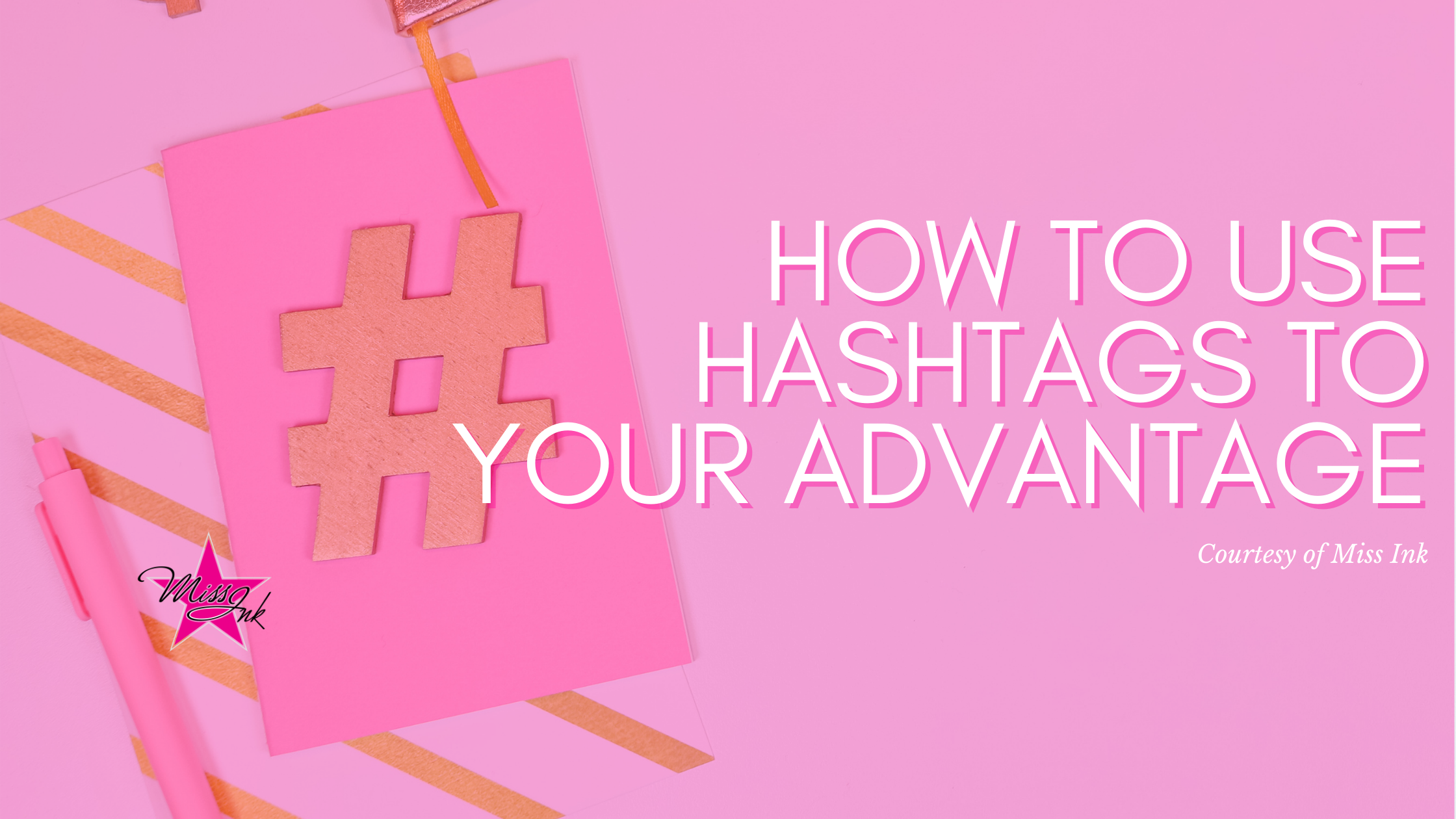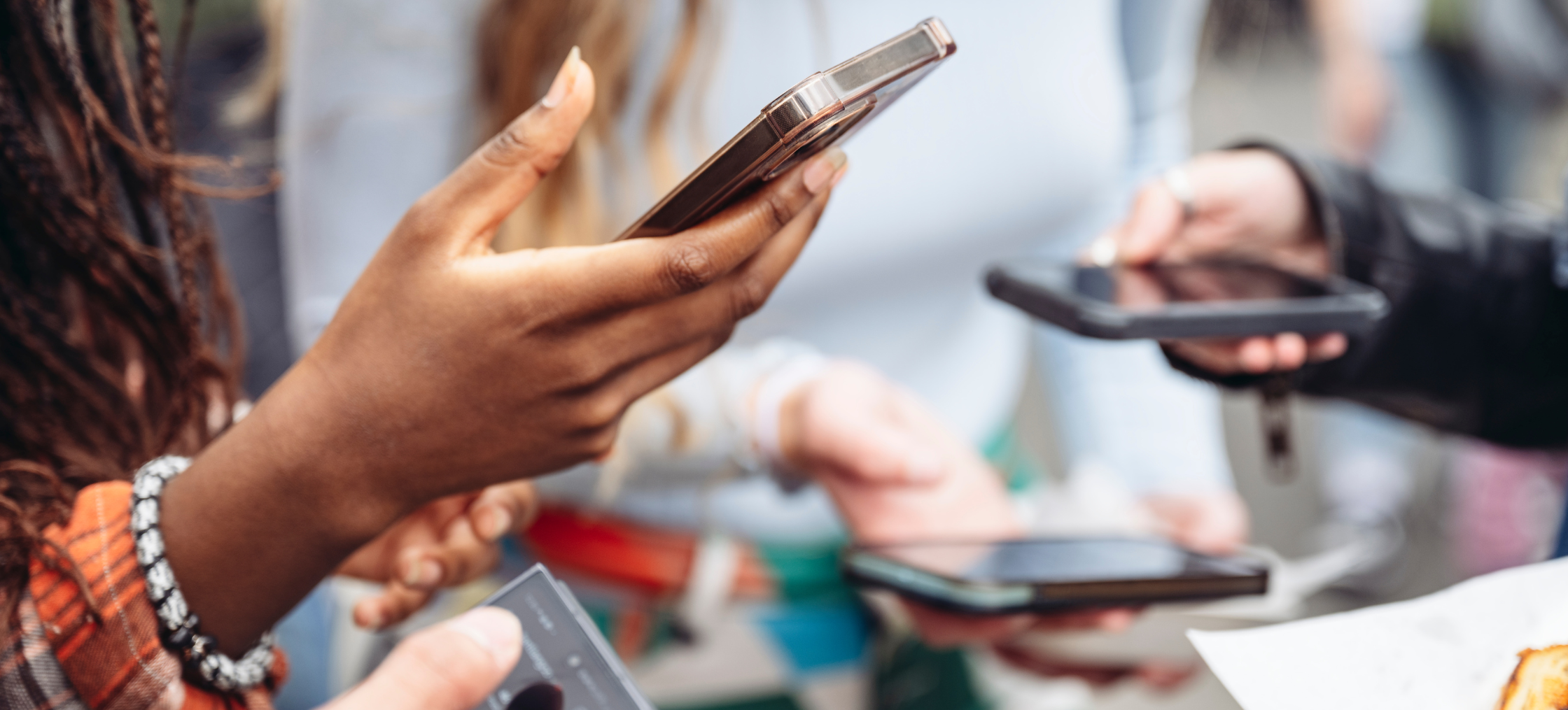Hashtags are part of our daily digital life. Nowadays, we can use them in almost every social network. But do you know what a hashtag is?
A hashtag is defined as a word or phrase preceded by the symbol #, that helps to categorize the accompanying text. It was first embraced by Twitter in 2009 to make the content targeted and discoverable.
It´s been more than a decade since hashtags appeared and gained popularity, and perhaps many people think that they´re dated or that they don´t make any difference when it comes to digital marketing anymore. Those people would be incorrect. Just look at these 2020
Compare Camp stats:
- Tweets with hashtags can increase engagement up to 100% (2x) for individuals and 50% (1.5x) for brands.
- On Instagram, with hashtags placed in the caption, profiles with under 5,000 followers received an average of 36.85% more reach rate per post.
So, hashtags are still relevant, mainly because it helps your content get discovered and reach more people. But they can also help you get involved in conversations, categorize and organize your content, get in contact with your audience and be part of trends or events.
Using hashtags may seem easy, and perhaps you think there are no rules to follow, and you´re not completely wrong. However, there are Pros and Cons to the use of hashtags.
Advantages
- Brand awareness: When brands share content, they normally tag the content with a relevant hashtag that makes the posts grab the audience’s attention and be searchable on social platforms. If a user is looking for a specific kind of content, and yours happens to match their interests, you will increase your brand awareness.
- Organic reach: Visibility of content can be increased by using hashtags. Just think about the number of people interacting with a specific kind of content, which you could be a part of just by tagging yours.
- Engagement: Hashtags trend in different platforms. If you get involved in a certain trend or movement, you will likely get more engagement in your posts, because people are already there, talking about it online. You can create connections and build relationships.
Disadvantages
- Mistakes are easy to be made: Beyond writing something grammatically incorrect if you don´t know why a hashtag is trending, and you use it, it is likely that you will be using it wrong and could end up confusing people or relating your brand to something that you don´t believe in or wouldn´t want it to be associated with.
- Users can misuse your hashtag: When using a branded hashtag, you may think that people will use it to communicate with you, or whatever your objective is. Yet, you can´t control how people will use your hashtag, and at the end of the day, you are the one that is associated with whatever users put out there.
Tips for the correct use of hashtags.
Based on the previous Pros and Cons, below are nine tips for the correct and optimal use of hashtags. We also recommend checking out
Best Hashtag Marketing Practices for a deeper dive into the world of hashtag marketing.
- Come up with a quality hashtag: Use words or phrases that represent you, your brand, or your campaign.
- Avoid acronyms: When creating your branded hashtag, avoid using acronyms, because they are hard to interpret and may confuse people.
- Target a specific niche: You´ll want to reach a specific group of people because they will be more likely to interact with your content if their interests match it.
- Use more hashtags on Instagram: According to Hootsuite, posts with 11 or more hashtags get more engagement.
- Use hashtags related to your content
- Avoid using hashtags on Facebook: Some marketers believe that Facebook posts without hashtags will do better. This is because the only way to find content through a hashtag is by people actively searching the hashtag, which doesn´t happen too often. People usually search for terms or keywords.
- Don´t use spammy hashtags to try to gain followers: Don´t try to get likes from people who are not interested in your products or services. Examples of hashtags you should avoid: #follow4follow, #like4like.
- Don’t use them mid-sentence: Try not to use them mid-sentence, if you do, it will make it harder to read and will mess up the structure of the message.
- Don´t overuse hashtags: This is probably the best advice when it comes to hashtags. Overusing them will only make the followers lose interest and make your content seem spammy.
Using hashtags can work to your business’s advantage. At
Miss Ink, we make sure to align your values, voice, and business objectives to your online content and everything that revolves around it. Request a
social media quote for your business today.



